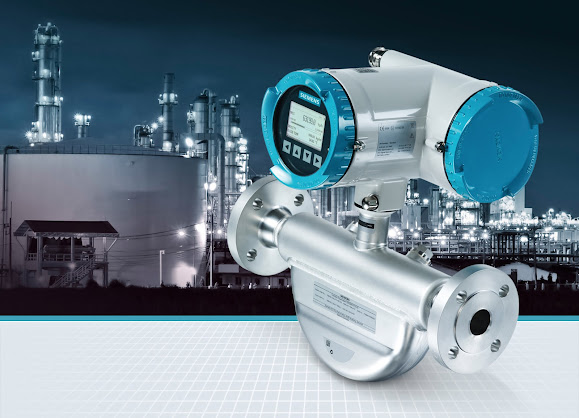Humidity Sensors & Pressure Transducers: Enhancing Performance in Home Appliances
Humidity sensors are a critical component of home appliances, from clothes dryers to refrigerators. They can help increase efficiency and performance in these appliances by ensuring that they operate at the optimal level of humidity. Whereas, Pressure Transduces are also familiar for measuring the pressure. But you might be wondering about how they work.
In this post we’ll explore how temperature and humidity sensor work, how they affect appliance performance and efficiency, as well as how they perform in the home appliances.
Measure relative humidity and temperature
Humidity sensors are used to measure relative humidity and temperature in a home or other building. They can be found in appliances such as washers and dryers, dishwashers, air conditioners and other appliances that require precise measurement of humidity levels.
The humidity sensors consist of two parts: an electronic circuit board with electrical connections that receives input from the sensor element; and an optical pickup consisting of a light-emitting diode (LED) or laser diode with collimating optics for directing light onto the sensing surface being measured by the sensor elements within it.
Used in appliances
Humidity sensors can be used in appliances such as washers and dryers, dishwashers, air conditioners, and other appliances that require precise measurement of humidity levels.
Humidity sensors are designed to measure relative humidity (RH) and temperature in a home or other building. They are often placed at key locations within the structure where they can provide accurate data about the surrounding environment. For example:
- A sensor located near a furnace will monitor how much moisture is being released into the house during operation
- A sensor installed near an air conditioning unit will measure how much water vapor needs to be removed from occupied spaces
Pressure transducers measure pressure
Pressure transducers or can say Industrial pressure transmitters at a given point in an object such as water or air. Pressure transducers are used in many different industries, including automotive and aerospace. These devices can be used to measure pressure in liquids and gases.
Pressure transducers are often used to measure the amount of force applied by something on another object. They're also used to monitor changes in pressure over time so that engineers can determine whether there's any damage being done due to excessive stress on their products.
No matter how you want to measure humidity or pressure, there is a sensor that allows for precise readings.
With the right humidity sensor, you can keep your home appliances running at peak efficiency. Whether you need to measure relative humidity or temperature, there are sensors that will give you accurate readings and there is a pressure transmitter which can measure pressure in home appliances!
Conclusion
Thus, humidity sensors allow for precise readings and can be used in many appliances. Whether you want to measure absolute pressure or temperature, there is a sensor available for your needs. SO, if you required one, search the best from online and meet your requirements.


Comments
Post a Comment